Cabin crew and doctor reveal the seven secrets to feeling great on a long-haul flight
Cabin crew and doctors reveal the best ways to be comfortable and feel your best after a long-haul flight. See their seven hacks.
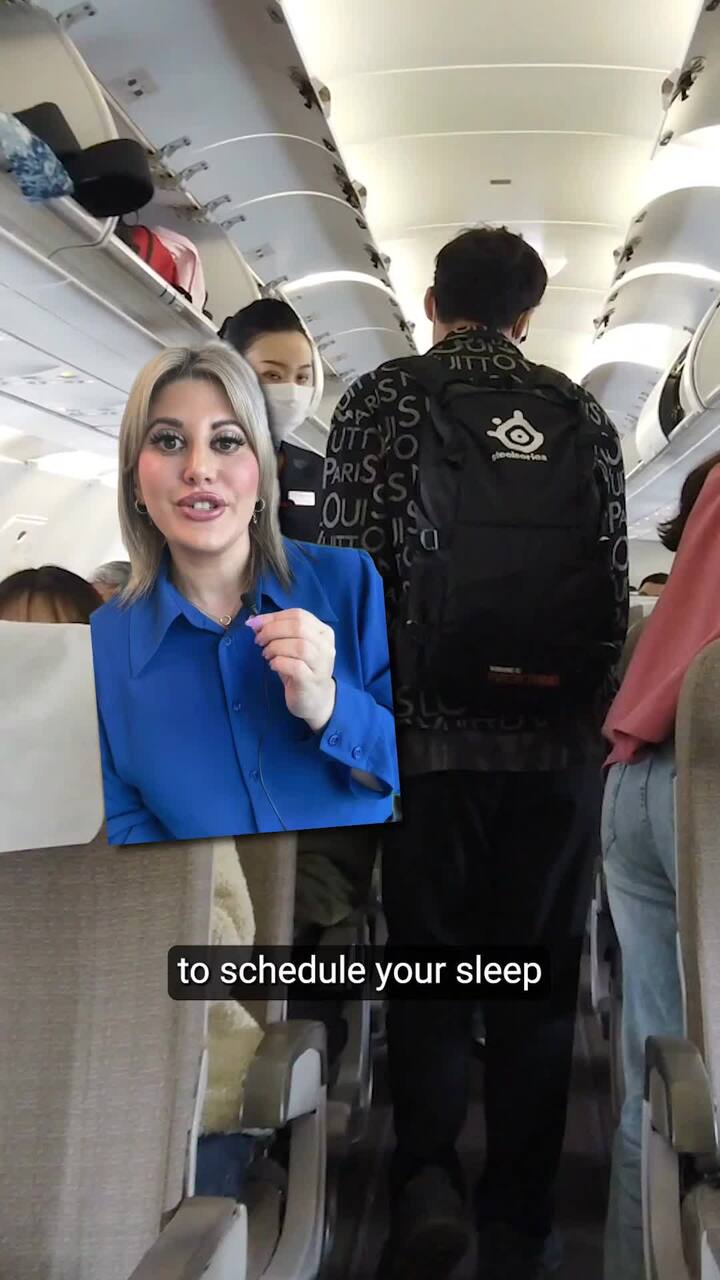
Wellbeing
Don't miss out on the headlines from Wellbeing. Followed categories will be added to My News.
When travellers are flying at 35,000 feet on a long-haul flight, it comes with its own set of challenges including lack of sleep, minimal movement and jet lag.
While being up in the air for extended periods of time never gets easier, there are some things you can do before, during and after your flight to make the experience slightly more bearable.
Here are some simple hacks to help you feel more comfortable on your next long journey.
Sleeping at the right time
Emirates’ Australia cabin crew Brittany James says it’s best for passengers to schedule their sleep to coincide with the local time of their destination.
“When flying to my home city, it departs Dubai at 2am, landing into Adelaide at 8-9pm. For this timing, I will try and sleep after the first meal has been served,” she says.
“I don’t drink caffeine and use an eye mask and ear plugs (provided by the crew). I will also at times use my own noise-cancelling headphones to play white noise if needed.”
Brittany adds that drinking calming teas can also assist with sleep.
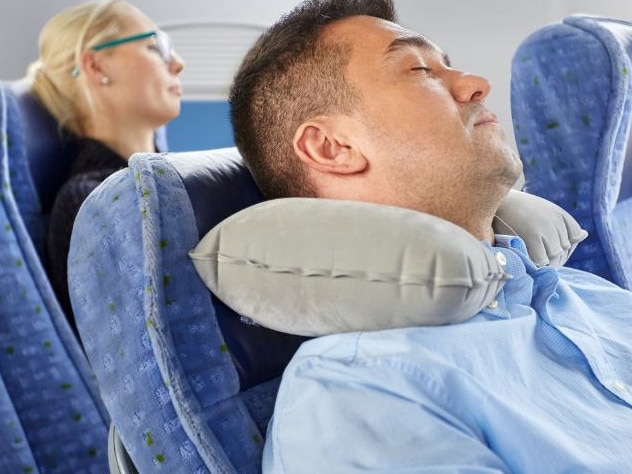
“If I find myself struggling to sleep, I will ask the crew for a camomile tea.”
Royal Australian College of General Practitioners (RACGP) travel medicine chair Professor Nick Zwar also adds that some people take shorter acting sleep medication including temazepam, which has been prescribed by a GP.
“It’s up to their doctors and there are risks particularly for older people who are more prone to getting confused during a flight,” Prof Zwar says.
Prof Zwar says it’s vital to exercise outdoors if your flight lands in the morning.
“Get some sun, indoor light is not as effective because that will not help to reset the circadian rhythm.”
Bring your own water bottle for refills
Brittany says it’s important for passengers to stay hydrated throughout the flight.
“I always take my own bottle as a customer and get the crew to re-fill it for me throughout the flight,” she says.
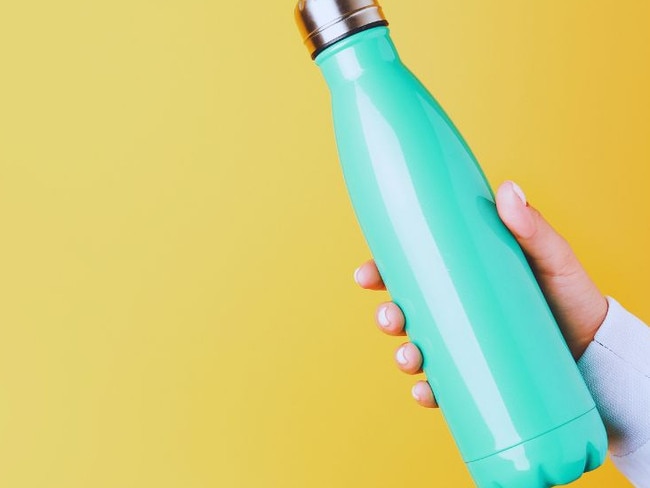
“If I am operating the flight, I will try and always have a hydration tablet in my water bottle – one throughout the flight, before I sleep and first thing in the morning after a post flight nap.”
Prof Zwar adds to limit caffeine and alcohol to prevent dehydration.
“You certainly want to stay hydrated because the humidity of the air is a lot lower in-flight, so you will lose a lot more water through your skin and perspiration,” he says.
“Caffeine is probably best avoided because it can stay in your system for quite a while and you can’t get it out until it’s metabolised.”
Avoid heavy foods
You might feel like you want to fill up on fast food or other heavy meals before a flight, but this can potentially cause bloating, Prof Zwar says.
“People often overeat because there’s all this food being served to you,” he says.
“It’s important to eat more vegetables and fruit and not overdo the heavier food and alcohol.”
Choose an aisle seat over window
Airline Intelligence and Research chief executive Dr Tony Webber recommends sitting in an aisle seat.
“I always pick the aisle seat, so you can get up and down easily whenever you want and stretch your legs,” Dr Webber says.
“One of the best seats I have sat in has been on a Boeing 777 Singapore Airlines long-haul flight.
“There is a seat towards the back that doesn’t have a seat in front of it, so you can have ample leg room and passengers next to you can also get in an out easily.”
Avoid jeans – and bring something warm
Don’t wear jeans or any other tight clothing on a long-haul flight.
Prof Zwar recommends loose comfortable clothes such as tracksuits with breathable material to move around in.
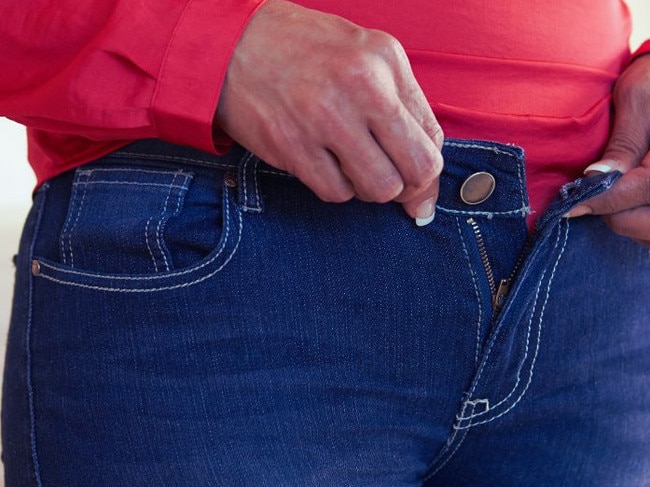
“It’s also quite good to have something that’s a bit warmer available because it’s quite cold in-flight.” he says.
Do these stretches
Prof Zwar encourages passengers to do a range of stretching exercises during the flight.
“Do lower limb exercises and get up and down on your toes,” he says.
“Every couple of hours is sufficient and it slightly reduces the amount of swelling caused by too much fluid trapped in the body’s tissues.”
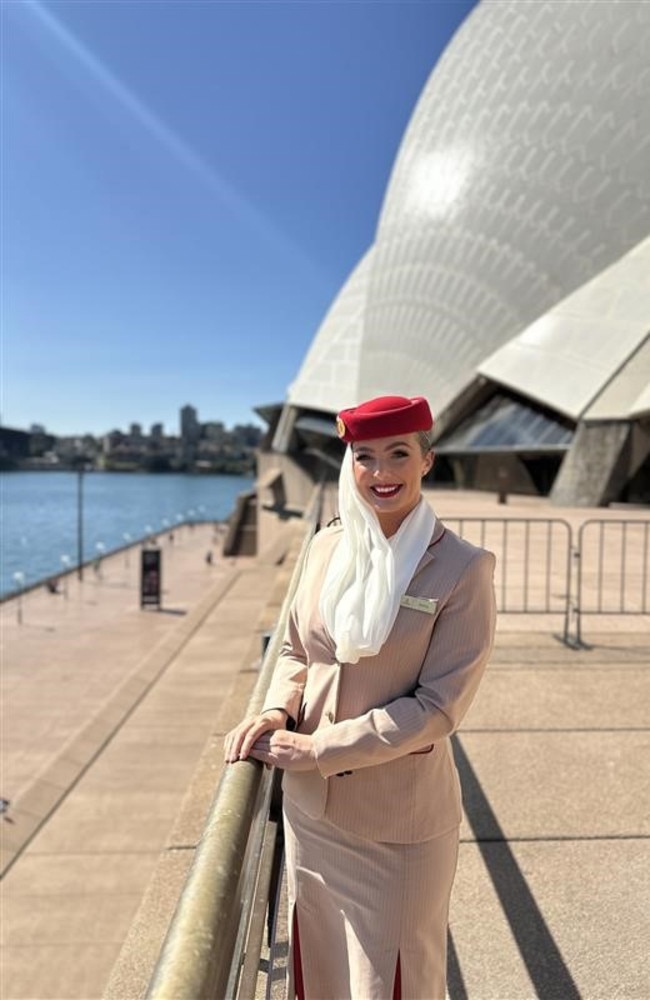
Emirates’ cabin crew Brittany also adds economy passengers on the main deck can find ample space for stretching near the lavatories and doors at both the front and rear of the cabin.
“You can stretch near the doors or in the galleys when it’s not meal service time, so long as customers do not touch the doors.
“The space available will always depend on the aircraft configuration and may vary depending on the specific plane.”
Personal hygiene
Brittany says she removes any makeup and applies a hydrating serum on her face.
“Then when I have slept for five or so hours, I will get up and walk around a little and apply a sheet face mask,” she says.
Prof Zwar also adds: “Though the risk of getting sick from drinking bathroom water on planes is very low, the ideal is to just use it for brushing your teeth or washing your face.”
“Having a face mask with you is also handy if someone is coughing near you,” he says.
“The air is quite clean on planes, but it doesn’t mean there can’t be direct transmission if someone is unwell.”



